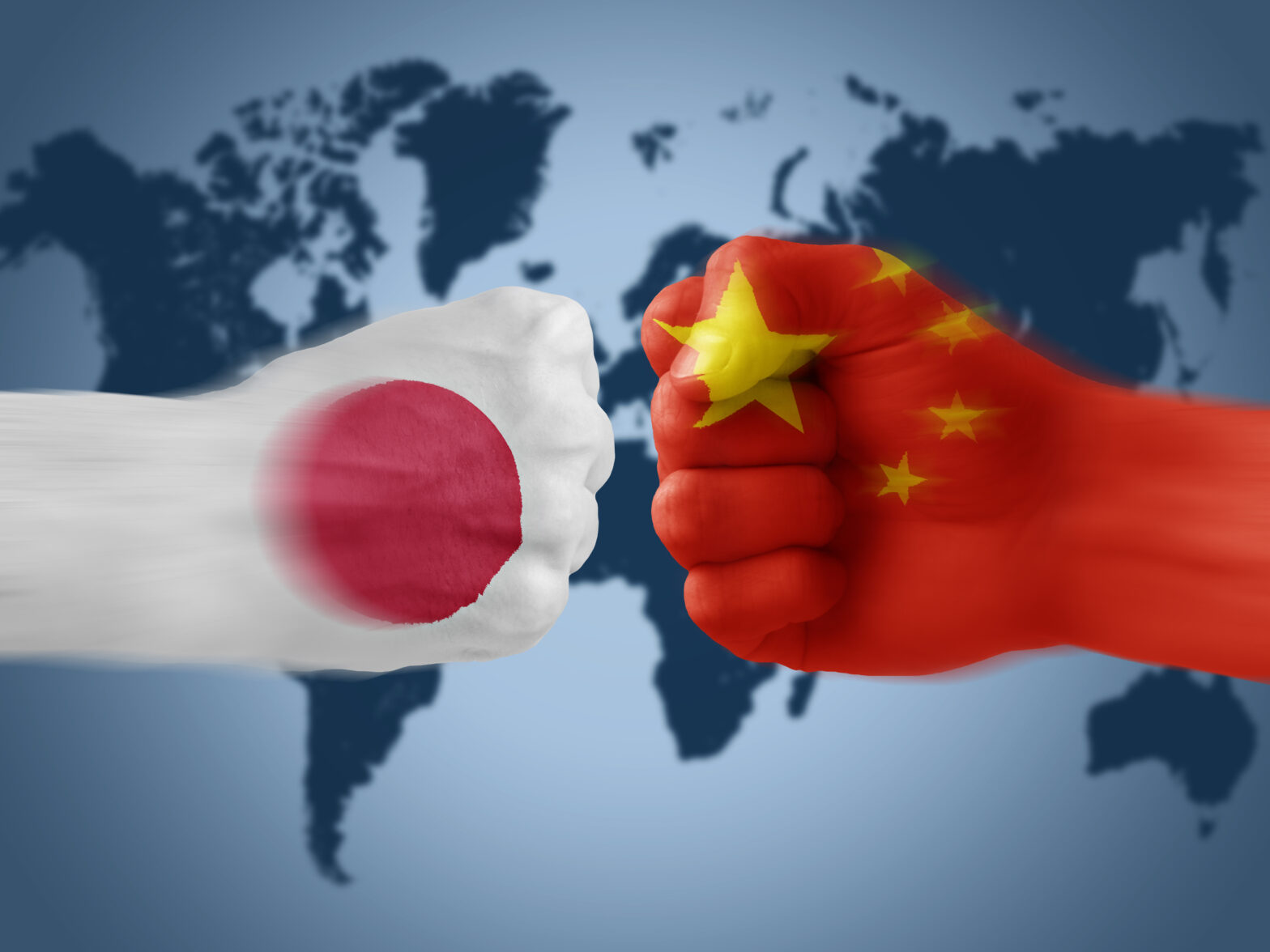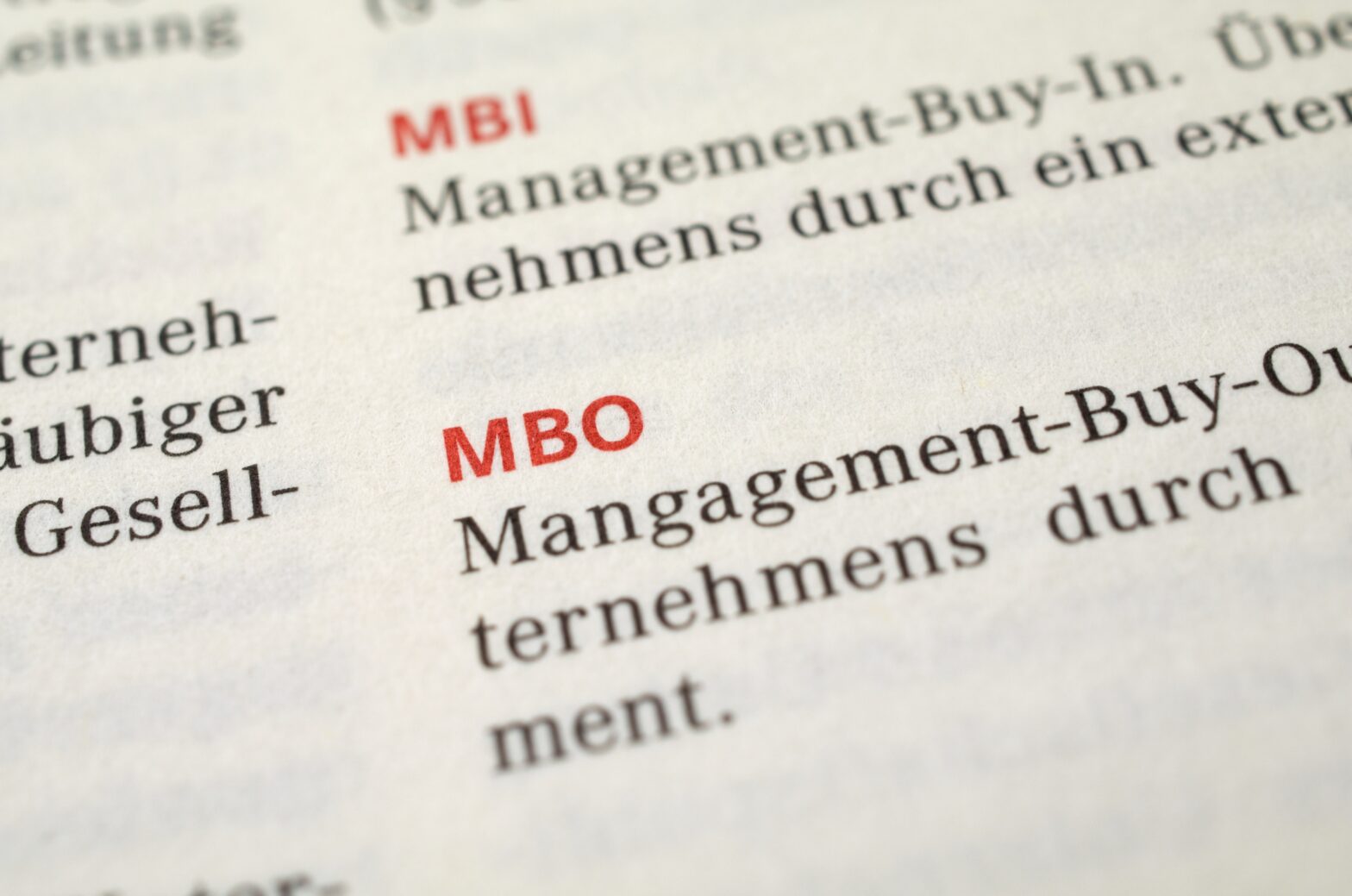2015 has undeniably been a bumper year for global M&A activity, with H1 deal values totalling US$1.7 trillion (£1.1 trillion), an 11.6 per cent increase on the same period last year.
Asian companies have been a big driver of this growth in activity, with a surge in outward-bound deals, specifically involving Japanese, Chinese and South Korean acquirers. Peter Gray, a partner at Cavendish Corporate Finance, shares his views on this significant surge in Asian deal activity and the opportunity this presents for both large UK corporates and SMEs.
Despite the slowdown in the Chinese economy and the recent stock market crash that spooked global markets this summer, outward-bound M&A in Asia continues to thrive. In the first half of 2015, both Chinese and Japanese corporates in particular demonstrated an increasing focus on outbound M&A investment, spending $62.2 billion and $54.1 billion respectively.
High-profile inbound deals
High-profile deals such as Nikkei’s purchase of the Financial Times Group for $1.3 billion and Hutchison Whampoa’s £10.25 billion takeover of telecoms giant O2, are just two recent examples of their voracious appetite for M&A deals.
While levels of investment originating from Japan and China are significant, the trends, sectors and reasons are markedly different across these two markets. Over the past ten years, China has looked predominately towards the UK, spending approximately $83 billion acquiring British businesses, which equates to around 15 per cent of China’s total outbound investment over the period.
>See also: Acquisitions – how to conduct a successful deal
Europe more broadly has also been a great beneficiary of Chinese M&A, with 60 per cent of outbound investment in H1 this year directed towards European firms.
For Japan, however, the primary focus over the past decade has been on the US, with total outbound deal volumes of $258 billion over the period. However, UK firms have also experienced an upturn in Japanese M&A sentiment, as demonstrated by recent deals such as the £3.5 billion offer for UK insurance giant Amlin by Tokyo-based Mitsui Sumitomo.
The speed of the execution of these deals suggests a remarkable turnaround in what was once considered the slow-paced world of Japanese M&A.
It is not just the insurance industry that is seeing the upside of increased activity from Japan and China. The technology sector continues to see a wave of deals, as many companies go in search of M&A opportunities in a bid to access new technologies and unlock rapid growth, rather than pursuing more R&D initiatives.
Europe’s attractive tech sector
Such is the attraction of Europe’s technology sector to Japanese and Chinese investors that M&A growth in the sector has overtaken the US during the first half of this year. European volume in 2015 has already surpassed the figures for the whole of 2014, with Chinese and Japanese companies deploying $6.6 billion year to date.
While the technology sector has seen increasing growth this year, Chinese investors have also been increasingly looking at the consumer and retail sectors. We are seeing leading British consumer brands holding particular appeal for cash-rich Chinese buyers, as illustrated by a number of recent deals such as Hony Capital’s acquisition of Pizza Express and Sanpower’s significant stake in House of Fraser.
At Cavendish we are also witnessing this trend spreading to the mid-market, recently advising bespoke pram maker Silver Cross on its sale to Chinese conglomerate Fosun. This deal highlights the fact that beyond the mega-deals, Asian buyers are seeing the value in strong UK brands with established customer bases in providing opportunities for both domestic and international growth.
Although natural resources have traditionally held the lion’s share of Chinese outward investment, trends in acquisitions are changing. Investment destinations are evolving, as resource-rich developing nations are gradually supplanted by advanced developed countries equipped with the technology, brands and global experience that China is seeking to obtain.
Underpinning this outward investment is China’s need to redistribute its foreign currency holdings away from government and corporate bonds and to develop a new global infrastructure that puts Chinese companies in a more central position. With the recent relaxation of acquisition laws in China for private companies, larger China-based private equity firms are also looking to deploy capital in Europe.
>Related: M&A – are you doing your #duediligence?
Japan’s position is slightly different, however, with more of a focus on the healthcare and consumer sectors in order to cope with a rapidly ageing workforce. Japanese business methodology is also changing, with 20 years of low growth putting pressure on corporations to restructure.
The lean model comes into its own
The ‘old style’ of organically grown companies controlling all aspects of the supply chain is being replaced by leaner, more competitive firms that pursue growth through increased M&A activity. High cash reserves built over decades of risk-averse behaviour supply the funds for expansion.
Overall, this creates a very favourable environment for vendors of UK and European businesses. Not only is the willingness of China and Japan to engage in M&A activity driving up prices for UK companies looking to sell, but the capital, experience and access to new markets that Chinese and Japanese investors bring can be beneficial to UK businesses.
In order to optimise their attractiveness to Japanese and Chinese buyers, potential sellers should position themselves accordingly. Things like investing in the brand name and achieving at least some sales in the Japanese or Chinese market will increase the chances of attracting their attention and taking advantage of the surge in Asian interest in UK businesses.
Peter Gray is a partner at Cavendish Corporate Finance







